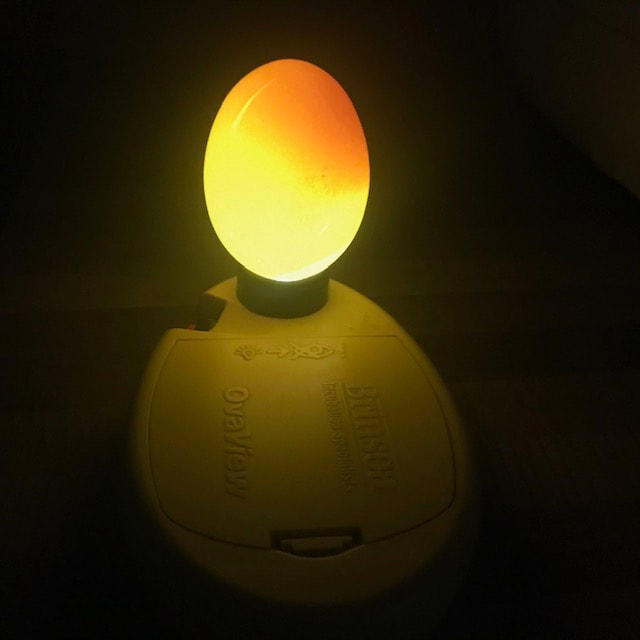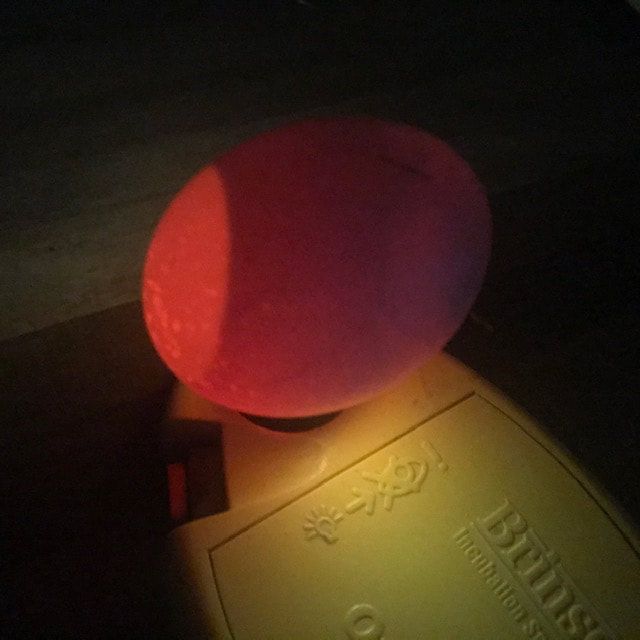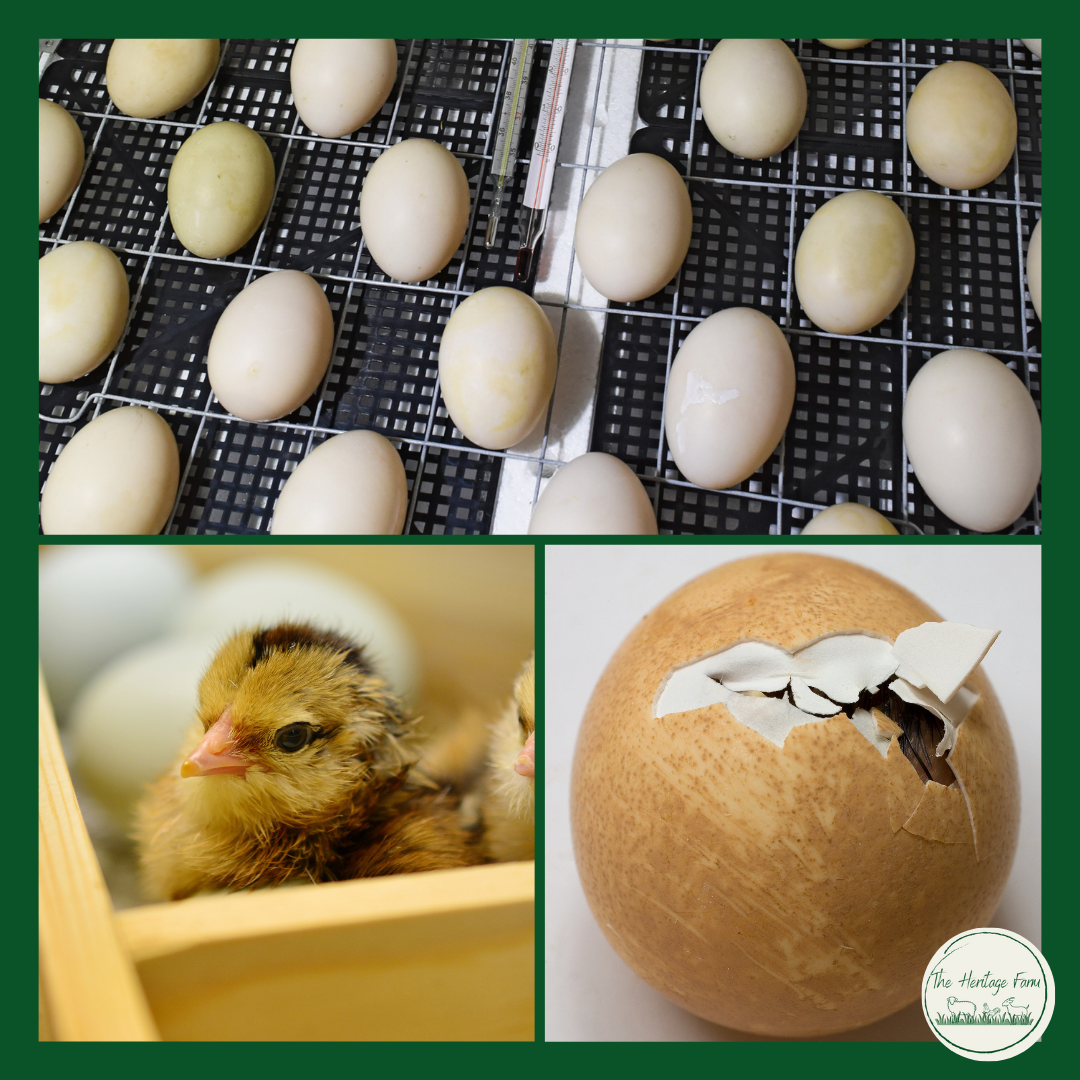What is Candling?It is time to candle the eggs! Candling is the act of shining a strong light through the egg to establish fertility, and general embryo development. If you have chosen to candle the eggs, then the optimal time to do it to test fertility is between days 7 and 10. Ideally use a specialised candling light, and always candle in a darkened room to have the best chance of seeing inside the shell. To successfully hatch out chicks you do not need to candle eggs. Especially if you are new to hatching, then you may want to wait until you have a few hatchings under your belt before you take on this new skill! However when done correctly, candling can help sort the fertile from the non-fertile eggs, and it manages your expectations regarding the number of chicks you can hope to expect. How to Candle an eggIdeally, use a specialised candling light, and always candle in a darkened room to have the best chance of seeing inside the shell.
You will likely see three different options.
If you notice broken or leaking eggs, remove them from the incubator as they are not likely to be viable and may contaminate the incubator. After candling, return eggs to the incubator and return to the day 1-18 turning schedule. With candling it is important to be careful and quick. An incubated egg cannot be away from its optimal temperature and humidity for more than a few minutes. If it is, then you could potentially turn a fertile and viable egg into one that stops developing from that point. If you have a large number of eggs to candle, it may be better to do a few eggs at a time.
0 Comments
Thank you for your purchase of The Heritage Farms hatching eggs! We hope that you have the optimal hatching rate success with our eggs so we have put together this step by step guide to help!
Steps to take when your eggs arrive.
We hope this helps you and guides you through out the hatching process! It can be daunting if this is your first hatching attempt but when the chicks start to hatch it is completely worth all the work! Happy hatching!!! |
Categories
All
Archives |




